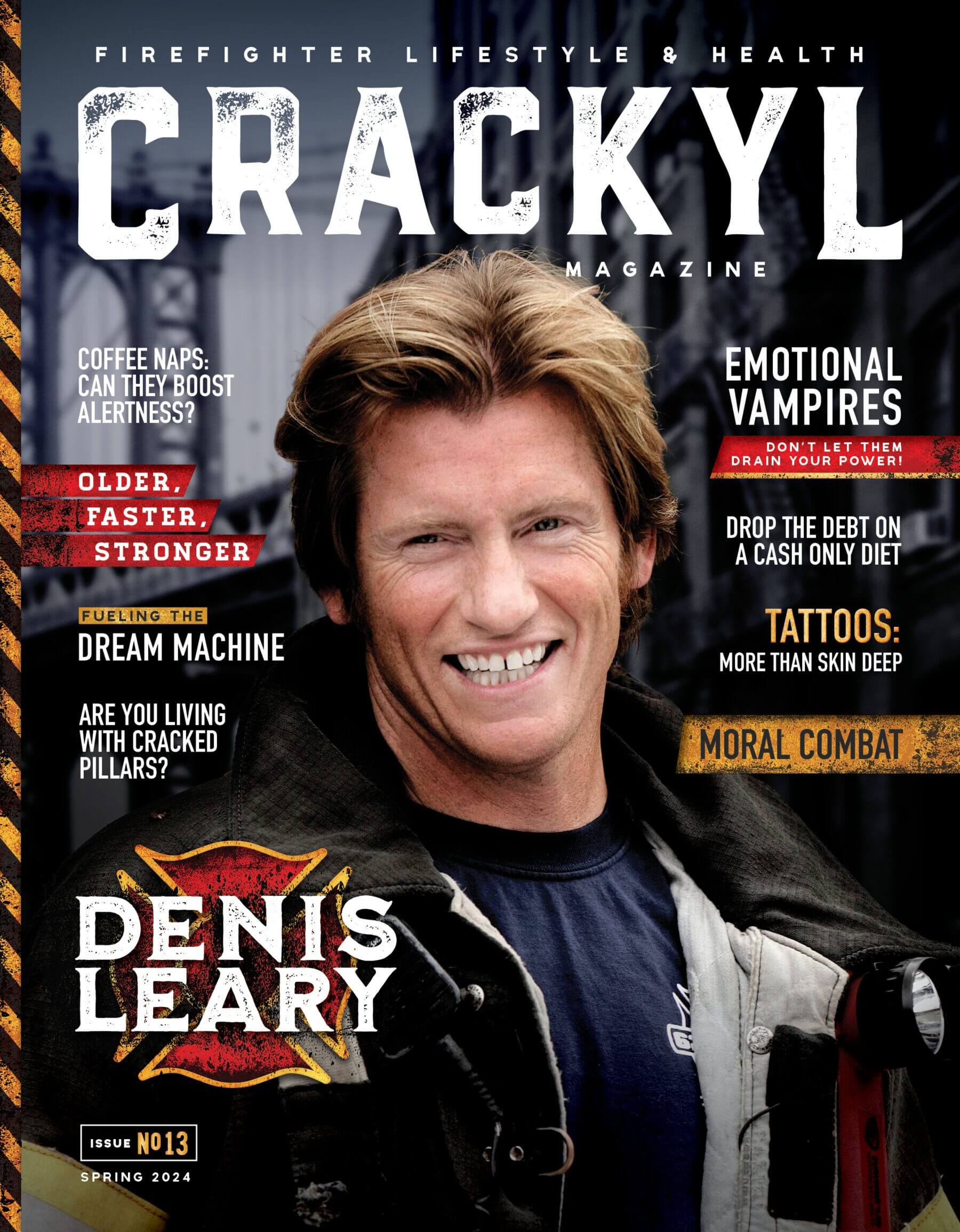Learning To Decompress As A Firefighter

By: Ryan Seeley
If you ever feel as though your workplace is not nurturing your creativity or allowing you to become creative, essentially, it is because the workplace cannot provide it.
These days, workplaces are putting a greater significance in trying to unlock the creative potential of their employees to both increase productivity and ‘get the edge’ on the competition. As a firefighter, you are not in a corporate environment aiming to beat out the competition or to maximize profits. However, creativity is a common trait amongst those who advance in their careers in all industries, and if that’s your goal, the good news is that you do not need to be the next Picasso.
What makes people creative?
According to the componential theory of creativity model, there are three components that define creative people: expertise, creative personality and intrinsic motivation. Expertise is well-understood and refers to the level of knowledge and specialization that people have. Creative personalities are more broadly defined and include a variety of traits such as an attraction to complexity, high energy, independence of judgment, autonomy, self-confidence, ability to build camaraderie and intuition, amongst others.
Intrinsic motivation is a more complicated topic yet plausible to develop. Those who have it are generally those who seek enjoyment, satisfaction of curiosity, self-expression or personal challenges in the work they do or in the workplace. If you ever feel as though your workplace is not nurturing your creativity or allowing you to become creative, essentially, it is because the workplace cannot provide it. Intrinsic motivation is by its very definition intrinsic — coming from within.
The limitations of the firehouse
The reason that your firehouse can’t exactly exploit your potential creativity is threefold. First, there is substantial social complexities to intrinsic motivation. Long story short, each person, organization, and firehouse is different. Second, there is a complex cognitive factor. If people have an internal causality chain, they give themselves credit for the results of their actions and are intrinsically-motivated. If the causality chain instead is external, then intrinsic motivation is weak. Third, there is a focus from workplaces on using extrinsic tools to enhance intrinsic motivation, such as the promise of rewards. Intrinsically-motivated people operate not for reward, such as more pay, but to satisfy their own internal desires, such as solving a problem.
So, how do we develop our creativity?
Working out your creativity
Build your creative muscle by dedicating more time in your day to actively thinking. Start by unplugging from email and other distractions as these things, in a way, think for you. Letting your mind wander on its own is healthy. The wonderful thing about the brain is that it is constantly reshaping based on what you learn and how you think. For lack of a better analogy, think of it as neurons that fire together will wire together.
Change your surroundings
Research shows that even minor changes, such as a warmer cup of coffee, different colors in a room or putting items in your locker in a different arrangement, can work to increase creativity. Change up your routine by sitting in a different chair or a different room. These minor adjustments force your brain to identify new patterns, essential for creative thinking.
Learn something new
Building on existing knowledge isn’t fully exercising the brain to boost its creativity. If you know a lot about Mustangs, learning about Corvettes isn’t the solution. If you know a lot about Mustangs, then learn about 14th century England. Your brain recognizes this unfamiliar information and starts building new connections.
Write it down
This is simple: recognize and write down ideas that come to you. Often times, people have ideas and just let them pass. Maybe you’ve thought on improving a training drill. Well, write it down and share it.
Set challenges
Look at your day-to-day habits at work and create new challenges for yourself. For example, if the industry standard is a certain number of push-ups, aim to do a few better. Setting targets and reaching them will boost your creativity and improve your overall performance.
As these pieces come together and become regular exercise for you, start thinking about overarching issues in your industry. This isn’t sitting around complaining about stuff. This is thinking in-depth about a problem and trying to find actionable solutions. There are barriers to solutions, but your belief that politicians just don’t get it isn’t a solution. Thinking of problems and spending weeks thoroughly investigating solutions will help to see the issues in a new light.
Often, the best way to get to where you want to be is through identifying and understanding the behaviour that has made others achieve that goal. Waiting for external triggers and rewards means that you may be waiting a very long time, or forever. Assuming that you don’t have the creativity necessary to advance means that you are missing out on the opportunity to develop that creativity. The brain is a muscle and can learn new skills. It is up to you to work out that muscle.
Podcast
Contests & Promotions
















